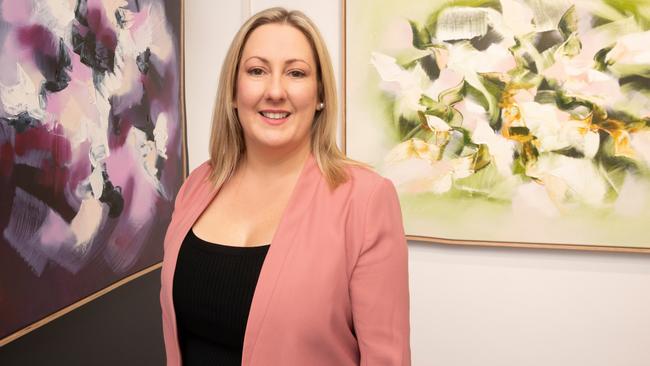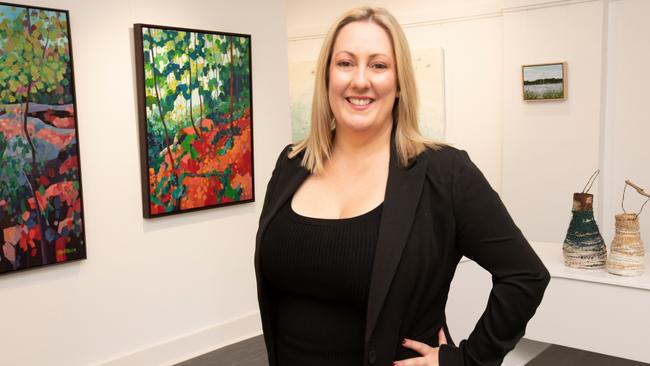Shares, property and paintings: should you invest in artworks?
Diversifying your assets is a good financial move, but if you want a brush with art investment you’ll need to learn a few things first.

SmartDaily
Don't miss out on the headlines from SmartDaily. Followed categories will be added to My News.
Booming stockmarkets and property prices have combined with extra time spent at home to prompt more Australians to consider art as an alternative investment.
Unlike shares or real estate, the value of art and other collectibles is not driven by economic data, financial specialists say, and instead reflects rising incomes, wealth and personal preferences.
Paintings are the most common assets purchased, and it’s a space that receives little financial advice so buyers are urged to tread carefully.
KAB Gallery director Kerry-Anne Blanket says since Covid struck, art has grown more popular among investors seeking something tangible.
“The pandemic has shifted perspectives of many things, and investing in art is one of them,” she says.
“However, I believe investors are increasingly looking for immediate gain, which is not something that generally happens with investment art, as returns can take time with this type of asset.”
MANAGE EXPECTATIONS
Investment service The Motley Fool says art is not correlated with traditional financial markets, which makes it a good diversification tool, but buyers should beware of being enticed by talk of high returns.
In a recent report, it says returns from art are likely to be lower than the stockmarket, and it carries a lot of risk, “but if you buy artwork that makes you happy, at the very least you’ll own pieces that you love and can display proudly in your home”.
Investors often start out as collectors who build their interest and expertise over time, and anyone not interested in art for art’s sake should perhaps look elsewhere for places to put their money.
Financial planners rarely advise about art because it’s not a product they’re authorised to discuss or recommend.

Some people hold artworks within their self-managed super fund, but SMSF rules prohibit them from displaying their fund’s art for personal enjoyment. It must be stored, which for most people defeats the purpose of owning it.
Midsec adviser David Middleton says his firm advises against holding art or other collectibles in their super “mainly because they don’t generate an income”.
“And when you retire, you live on income, not on growth,” he says.
“If you are investing in art, you need to know a lot about art – it’s a specialist area.”
Middleton says people who buy art, antiques, stamps and other collectibles usually buy it because they “want to own it and like looking at it”.
EDUCATE YOURSELF
“It’s not part of their investment portfolio – it’s their lifestyle assets,” he says.
“It might be worth a bit of money, and sooner or later members of the family argue over who gets what.”
Blanket says anyone thinking about art as an investment should learn about the market, talk with industry professionals, and focus on originals rather than limited edition prints.
“Look at important art prizes and consider both the judged winner as well as the people’s choice,” she says.
“Narrow your search to concentrate on just a handful of artists that you like, so you can become as familiar as possible with the market for their work.”
Prepare to hold an art investment for at least a decade, Blanket says, and remember that the market will have ups and downs.
“Artists who were once in favour can just as easily fall out of favour,” she says.
“On the plus side, one of the perks of art as an asset is that its value doesn’t tend to rise or fall with the stock market, so even if the stock market takes a dive, your art investment is likely to hold, or even increase in value,” she says.
INVEST IN ART IF:
• You have a passion for it and are prepared for plenty of research.
• You have an established portfolio of other investments and want to diversify.
• You have a high tolerance for investment risk.
• You’re not looking to sell it quickly.
• You can afford the maintenance and insurance costs.
Source: The Motley Fool
More Coverage
Originally published as Shares, property and paintings: should you invest in artworks?




